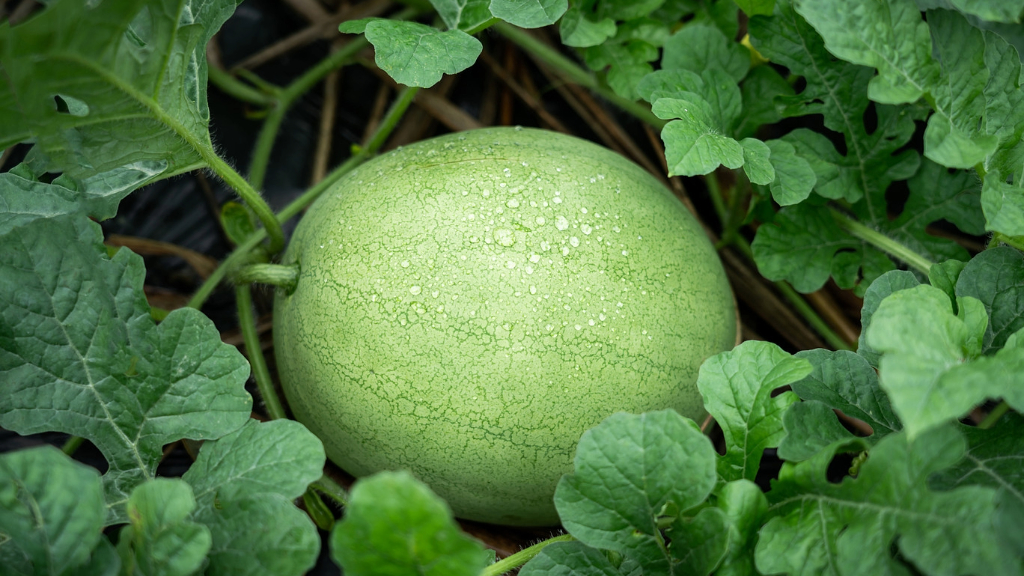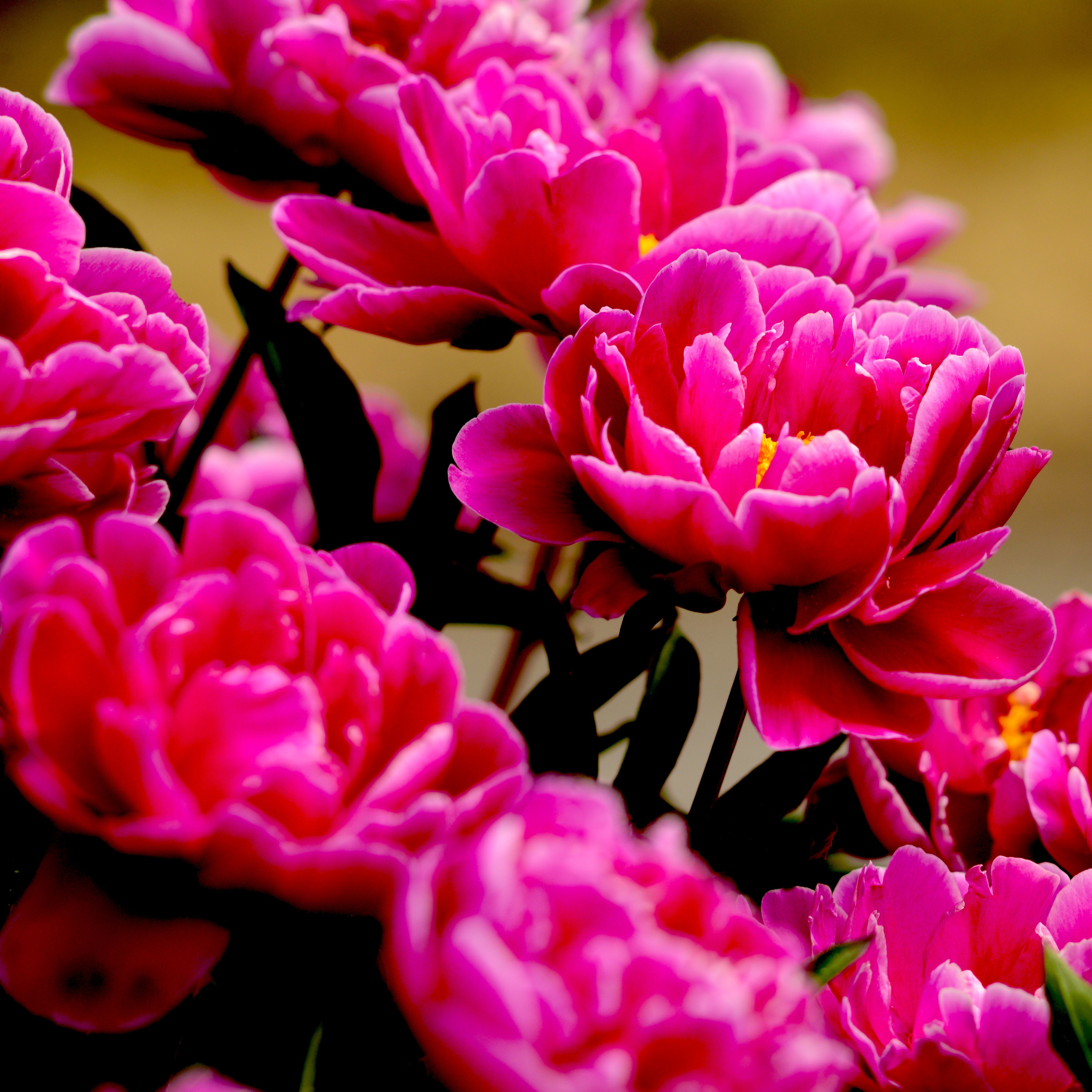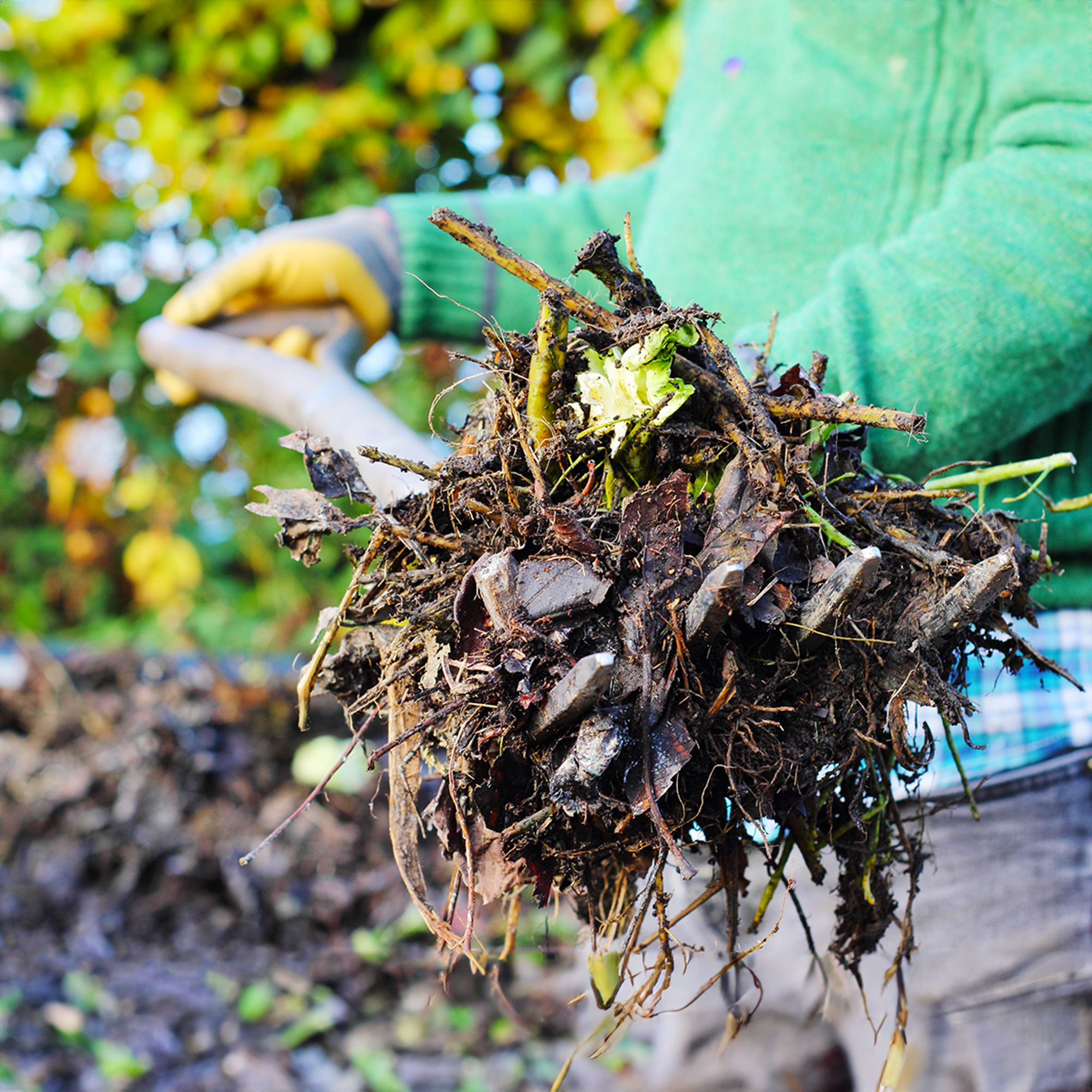Irish Grey Watermelon Info

Watermelon history is rich, lengthy and steeped in folklore, but while we may know quite a bit about watermelon history, their genesis seems to be a bit of a mystery. We do know that people have been eating watermelon for millennia; archaeologists have found watermelon seeds at a 5,000 year old site in Libya, and seeds and painting of watermelons were recovered in ancient Egyptian tombs dating back 4,000 years ago.
But the question of its parentage is still in doubt. Wild melons that might fit the bill run all over the map. A potential contender is the citron melon, which is indigenous to southern Africa. Or it might be the egusi melon hailing from western Africa. Lastly, and most probable, watermelon's true ancestor might be the gurum, or gurma melon.
Irish Grey Watermelon Info
Regardless of its parentage, one thing is certain; I am eternally grateful for those ancient people who were committed to breeding the sweet, ubiquitous watermelons we drool over today. There are many types of watermelon to choose, from hybrids to heirlooms.
One of the lesser known and more difficult to come by is the Irish Grey. Irish Grey watermelon info is also hard to come by. Apparently, during the early 1920's, commercial growing of Irish Grey watermelons was in its heyday and had been a popular cultivar since the turn of the century.
While there is little Irish Grey watermelon info, like why it waned in popularity, I can only guess. Perhaps, it was the pale green/grayish rind that people found unappealing, leaning towards the vibrant green hues of the stereotypical melon favored today.
I have read of two different accounts regarding the rind and depending on which is true, the reason for the decline might be shipping issues. One account states that Irish Grey watermelons have a thick rind while another proclaims them to have a thinner rind, more apt to be damaged during shipping.
Whatever the case, if you can find the seed, there is no reason not to be growing Irish Grey watermelons of your own. These oblong melons are large, up to 30-40 pounds, with bright red flesh and white seeds. They're also apparently very sweet, not stringy but firm, and juicy inside. A winner for the home grower for flavor as well as a novelty in the garden.
Gardening tips, videos, info and more delivered right to your inbox!
Sign up for the Gardening Know How newsletter today and receive a free copy of our e-book "How to Grow Delicious Tomatoes".

Amy Grant has been gardening for 30 years and writing for 15. A professional chef and caterer, Amy's area of expertise is culinary gardening.
-
 Grow ‘Karl Rosenfield’ Peony Plants For The Ultimate Frilly Border Beauties And Cut Flowers
Grow ‘Karl Rosenfield’ Peony Plants For The Ultimate Frilly Border Beauties And Cut FlowersFor frilly double magenta peony petals infused with a heady fragrance, grow ‘Karl Rosenfield’ peony plants. Here’s how to cultivate the ultimate plushy blooms
By Tonya Barnett
-
 10 Common Composting Problems That Can Spoil Your Garden Gold – Plus Easy Fixes
10 Common Composting Problems That Can Spoil Your Garden Gold – Plus Easy FixesLearn how to troubleshoot common composting issues before they ruin your stash – from bad smells and bugs to materials not breaking down as they should.
By Susan Albert